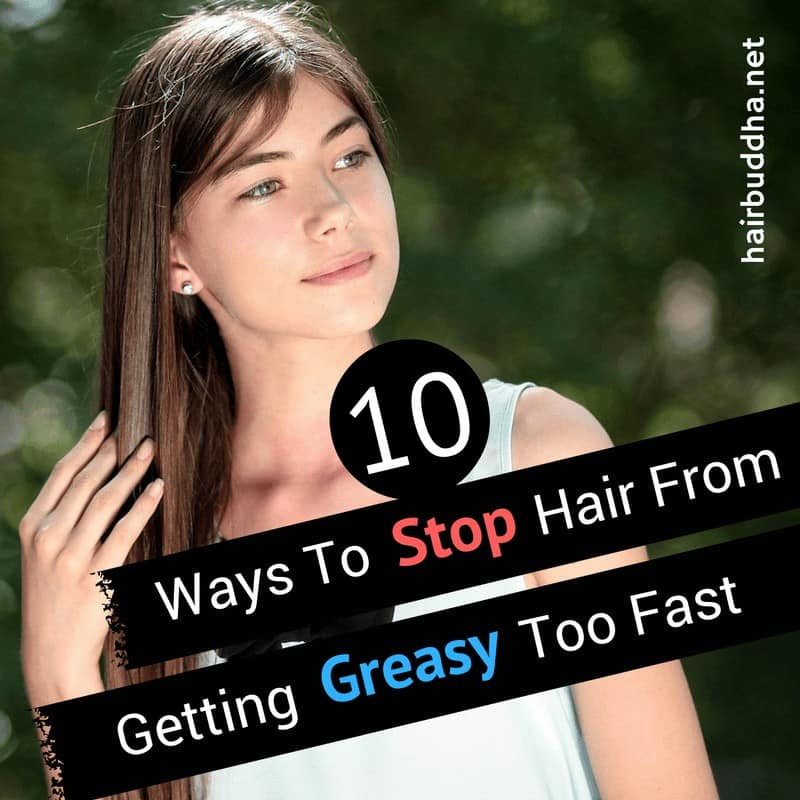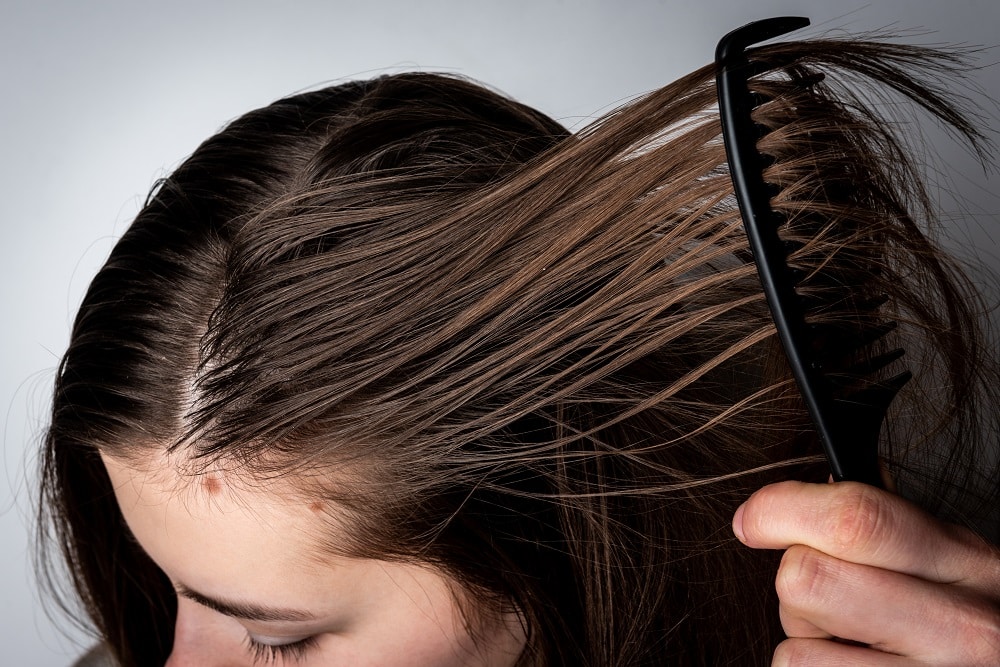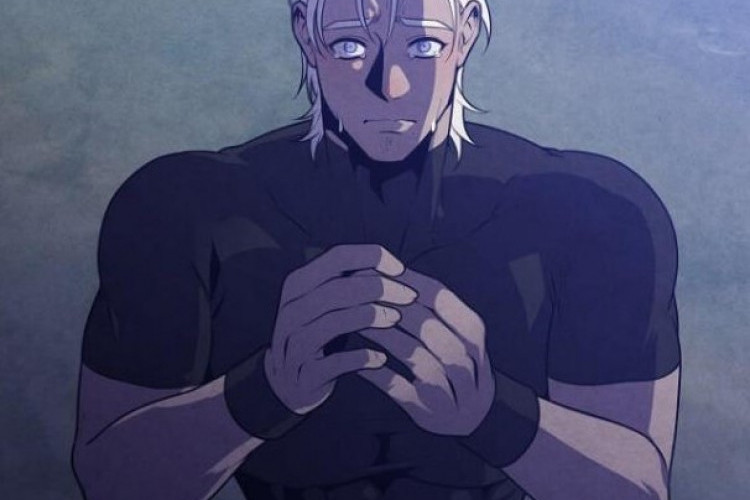Table Of Content

But if it is getting to the point where your bangs are driving you insane, chip into them with extra caution since bangs are the frame to your face. You can check out our helpful how to cut your bangs at-home guide here. Ruby was the beauty editor at Cosmopolitan, where she covered beauty across print and digital.
How to Trim Your Own Split Ends
If you have very straight hair, you’ll need to keep your hair wet so that you can get each snip perfectly even. However, curly hair can look entirely different when it’s wet than when it’s dry (it is called shrinkage), so it’s often safer to cut hair dry, in its natural state. If you’re not sure whether to cut your hair wet or dry, just copy what your regular hairstylist does at the salon. There’s technically no right answer here, since cutting your hair wet or dry is all about personal preference.
Section Your Cutting Area
You can always practice doing this before taking the shears to your hair. Without these gentle pulses, you could make the mistake of dragging the shears down instead of gliding them, and that would cause more fraying at the ends, leaving the hair prone to damage and frizz. Good Housekeeping participates in various affiliate marketing programs, which means we may get paid commissions on editorially chosen products purchased through our links to retailer sites.
Slide Cutting
Plus, “if you mess up, you’ll end up needing a professional—and more than likely, you’ll have to go shorter than you initially wanted,” Thevenot says. Basically, you simply need to buzz cut your own hair at a definite area of your head (most often, the nape). Pop the majority of your hair in a bobble, leaving a few centimeters of hair loose at the back of your head. You can also leave some hair loose over your ears if you’d like an undercut that goes all the way around your head. It can be easy to think that your hair needs to be perfectly straight every time you cut a piece, but that’s not necessarily the case.
You don’t need to cut into the hair very much, even a few millimeters will soften the edges. The point of sectioning your hair is that it is easier to work your way up when cutting hair. So, my advice is – you can have as many (or as few) sections as you like, as long as the sections are the same on either side of your head. Use your comb to direct the hair across your face at a low 45-degree angle. If any longer pieces are on the top or uneven areas that stick out from a clean-ish line, you'll want to point cut into those spaces to even things out, as shown above. Continue to take small sections all the way down to your longest length.
How to Cut a Layered Bob
Read on for valuable advice that will make your haircut a success. Then watch handpicked video tutorials that will teach you how to cut bangs, layer your hair, buzz cut your own hair, and even get a bob or a pixie cut at home. Slide cutting will give you a perfectly imperfect gradation as a base for your face-framing layers. Use your cutting comb to direct all the hair forward, over your face, and pinch out one tiny subsection at a time, each beneath the other. Taking small subsections and a gentle approach with this cutting method will give you the most control over what you're doing as a beginner.
If these step-by-steps aren't doing it for you, why not follow along with Senior Beauty Editor, Katie Thomas, and Session Stylist Syd Hayes. Celebrity stylists Arsen Gurgov, of Ambush Makeover fame, and Kiyah Wright, the brains behind Muze Hair, share the secrets to a pro-level haircut you can do on your own. Pull your bangs in front of your face, twist them into one taut section, and then cut a blunt line where you want your bangs to end. It sounds (and looks) terrifying at first, but the final result is gorgeous on both short and long bangs. The more you pull the hair forward, the more layers you will have.

Using point cutting to blend our lengths, we'll be able to soften any "shelf" looking areas in curly or wavy hair and any disconnected areas for smoothed-out strands. Blending your front layers into your overall length is important to avoid disconnection between your longest front layer and the ends of your overall hair length. Now that you've made a loose face-framing shape, we will use point cutting to fine-tune our layers. Beginning at your shortest length, slowly lift the hair in small sections and make soft cuts directly into the hair.
TikTok Users Are Cutting Their Ponytails Off to Create DIY Shag Haircuts - Allure
TikTok Users Are Cutting Their Ponytails Off to Create DIY Shag Haircuts.
Posted: Wed, 19 May 2021 07:00:00 GMT [source]
While stylists will warn you not to attempt some hair-shaping moves at home, face-framing layers can be achieved without leaving your bathroom. Herewith, professional hairstylist Ashley Rubell shares an illustrated, 10-step guide that will teach you how to cut face-framing layers at home. Plus, celebrity hairstylist Graham Nation adds tips for curly girls.
Similar to short cuts, Arrunategui says if your bangs grow in don’t get scared of them and embrace new ways of wearing your hair. When it comes to shorter hair, Arrunategui strongly recommends leaving it alone. It is important to do the bare minimum to keep this experience as foolproof as possible.
The U-Shape Haircut Is the Trick to Making Hair Look Thicker in an Instant - Glamour
The U-Shape Haircut Is the Trick to Making Hair Look Thicker in an Instant.
Posted: Sat, 17 Sep 2022 07:00:00 GMT [source]
Just make sure you have sharp hair shears, a thorough tutorial featuring your own hair type, and expert advice (like…everything above), and when in doubt, cut less, not more. For the record, pros recommend seeing a stylist for a layered haircut. But if you simply cannot be stopped, this easy-to-follow tutorial will help you add long layers at home.











